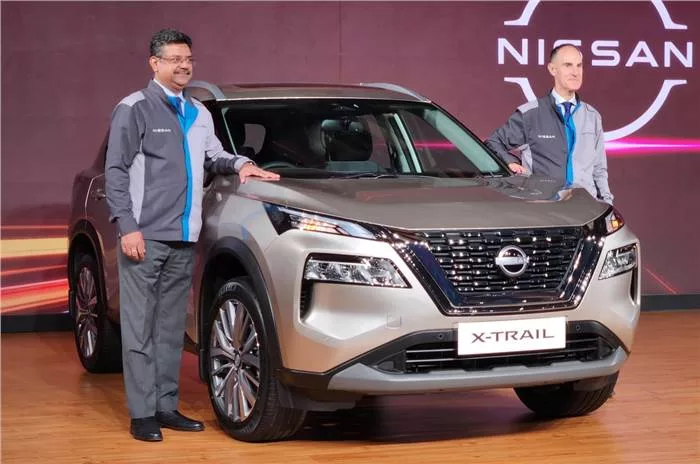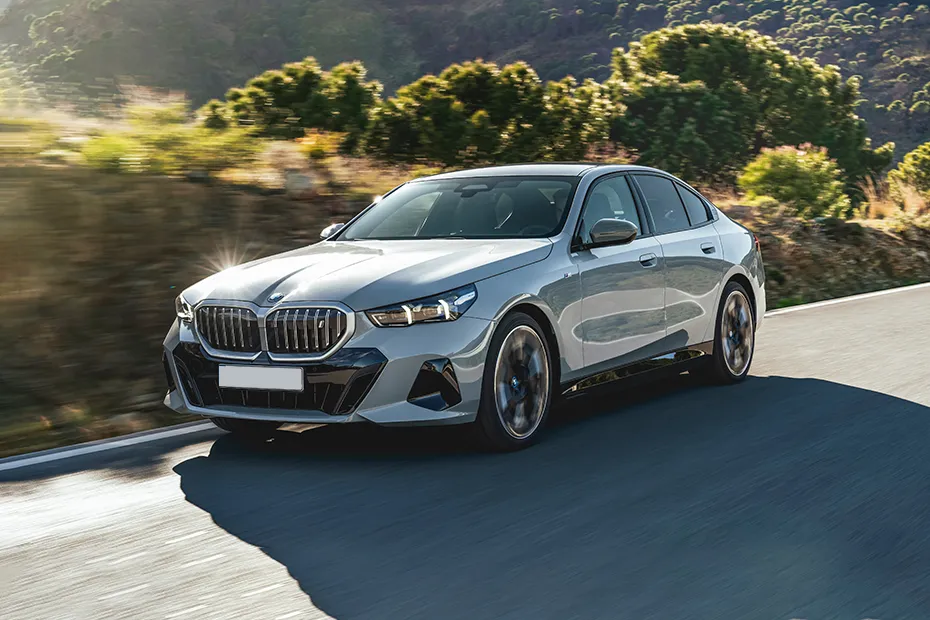As we all know, the motor car was invented by Karl Benz back in 1885. Soon after the breakthrough innovation, Karl Benz must have realized the need to stop the three-wheeled wonder despite the Patent-Motorwagen only capable of reaching a top-speed of 16 kmph. As a result, the Motorwagen was updated in 1997 with a leather shoe brake for the rear wheels for some much-needed anchoring.
Wooden brakes and leather shoe brakes were prevalent until the wooden wheels were replaced with rubber. It was in 1899, Gottlieb Daimler invented the modern brakes which came in the form of drum brakes. Ever since that, brakes have come a long way and there are different types of braking systems available to choose from. Today, we glance through some of these hoping to cover all the major types of brakes that are in use today.
Braking Systems
Before we jump into the types of brakes, we need to briefly skim over the braking systems which are mainly divided into three :
Mechanical Braking System
Mechanical brakes are the oldest one of the trio which have been around till the 1950s. It’s a simple system that used pulleys, cables, cams and other equipment to apply friction to the brakes from the brake pedal inside the cabin. When a driver steps on the brake pedal, a cable is used to pull a brake line which then activates the brakes on the wheel. Although mechanical brakes were around for almost 50 years, the industry moved away from this system as it was proved unreliable over time since it featured many moving parts that were also susceptible to wear and tear with usage. There were also concerns regarding brake force and precision of the system, eventually leading to its replacement.
Hydraulic Braking System
Hydraulic braking system replaced the aging mechanical system around the 1950s and it is used by carmakers to this day. Hydraulic brakes, as the name suggests, works on the principle of hydraulics. In simple terms, there’s brake fluid (stored in a reservoir), that is non-compressible and can work in high temperatures. When the pedal is pushed in, the fluid sends pressure through the brake lines to a master cylinder which then sends pressure to the actual braking system on the wheels. This system is widely used even today and there have been major advancements to this setup over the years. However, the working and the basic principle remains the same.
Brake-By-wire
The latest and the most cutting-edge type of braking system is the brake-by-wire system which eliminates any form of mechanical or hydraulic system to transmit the brake force to the wheels. Brake-by-wire system uses a position sensor that sends signals when the brake pedal is pushed in to activate the brakes on the wheels. This system is also known as electromechanical brakes as the end braking is done by a piston and caliper setup which is a mechanical system. Modern day electric cars use this type of braking system. A good example of a brake-by-wire system would be the Porsche Taycan.
Types Of Brakes
Drum Brakes
Drum brakes are the oldest of the two main types of braking out there. It makes use of a drum that is fixed to the wheel. Inside the drum are two brake shoes which rub against the drum circumference to slow the drum which slows down the wheels. Drum brakes work on the principle of friction and there is a lot of heat generated as a result. Although drum brakes were popular back in time, it is rapidly being replaced by an advanced alternative.

Disc Brakes
Disc brakes were invented in 1902 by William Lanchaster, an engineer based in Birmingham, England. The disc brakes replaced the drums and used steel discs which were paired to a caliper that housed brake pads. When brake force is applied, hydraulic or electric signals transmit pressure to the caliper with pistons that push the brake pads against the discs helping stop the vehicle. Disc brakes are one of the most important innovations in the automotive industry and one that is still important today.

These brakes have seen a lot of updates and different materials for the disc such as carbon ceramics for better thermal management. High performance vehicles have large disc brakes with massive calipers that house more than 4 pistons for improved brake force. There are also different kinds of discs such as slotted and drilled ones for better heat dissipation and to eliminate brake fade. Brake fade is the loss of braking due to overheating of the discs or the brake lines due to continued and heavy usage without any cool down.
Parking Brake/Handbrake
Parking brake or handbrake is the secondary braking system in a vehicle that is used to keep a vehicle stationary during parking, especially if it’s on an inclination. This braking system is relatively simple and works independently to a normal braking system in a car. There are manual parking brake systems that use the proven cable system to activate drums or disc brakes. There are also electric parking brakes which work on the theory of brake-by-wire systems as we discussed above. Most modern cars are now featuring an electronic parking brake instead of the rudimentary cable system.
Popular Modern Braking Features
Anti-Lock Brakes (ABS)
ABS is one of the most crucial inventions when it comes to automotive safety and braking. The ABS is one of the most overlooked safety features and one that is extremely capable of avoiding a crash. In simple words, when sudden brake force is applied, the wheels tend to lock up restricting the steering of a vehicle leading to a potential accident. With ABS, the brake force is distributed intermittently when it detects a lock up, thereby helping us steer away. ABS comes handy in wet and slippery road conditions where normal brakes would slide all the way to an obstacle.

The ABS system primarily uses wheel speed sensors that are connected to an ABS pump. When any of the wheel speed sensors detect a loss of traction, the brake force to that individual wheel or side is altered and brake force is applied intermittently to help regain traction.
Summary
Automotive braking systems have advanced with the inception of hydraulic brakes, disc brakes and anti-lock brakes. These three combined, offer the best braking performance helping you stop or navigate through a hazardous situation with ease. Upkeep and proper maintenance of braking systems are also vital to the functioning of the brakes. The brake pads and discs should be inspected at manufacturer specified intervals to avoid any nasty surprises. Last but not least, the onus lies within the driver to follow the road rules and stick to the speed limits for safe motoring.

